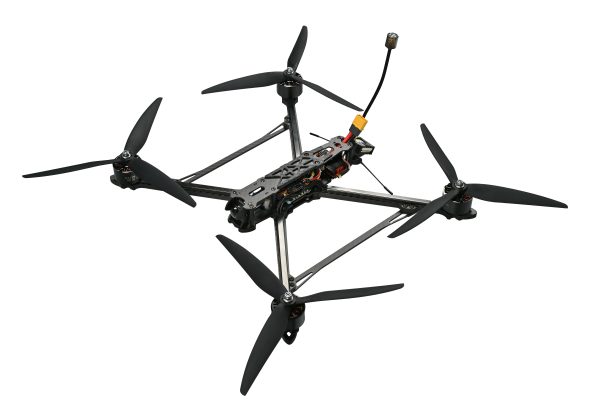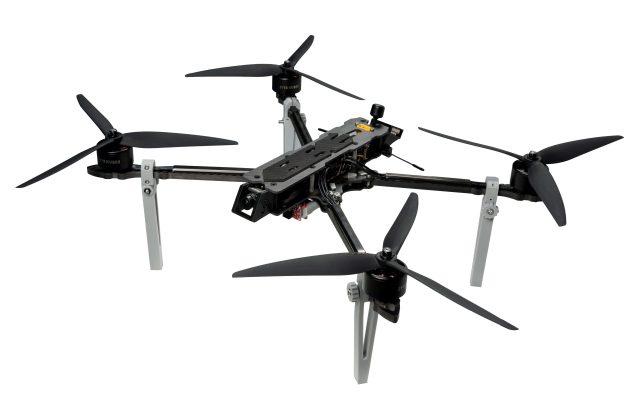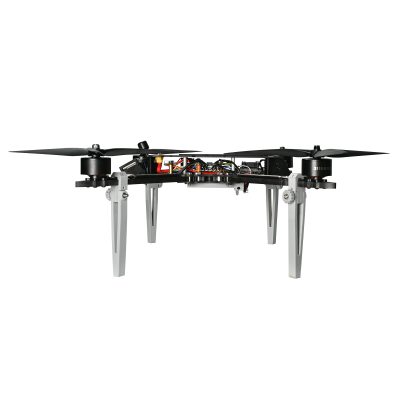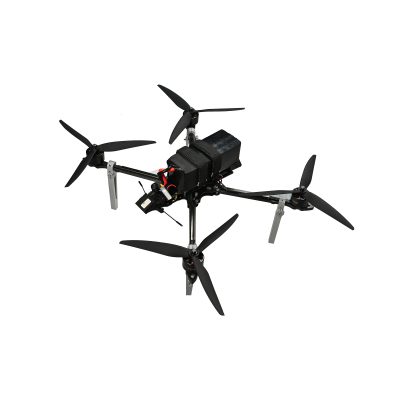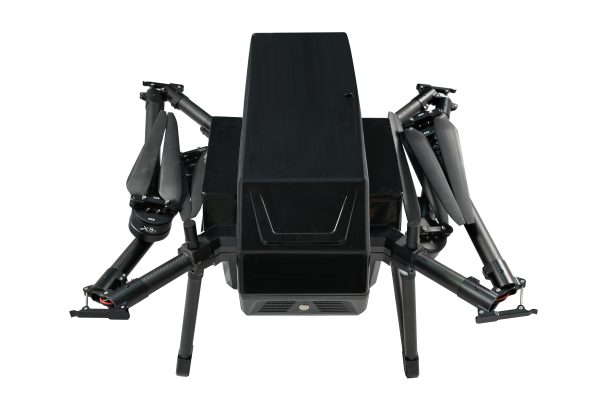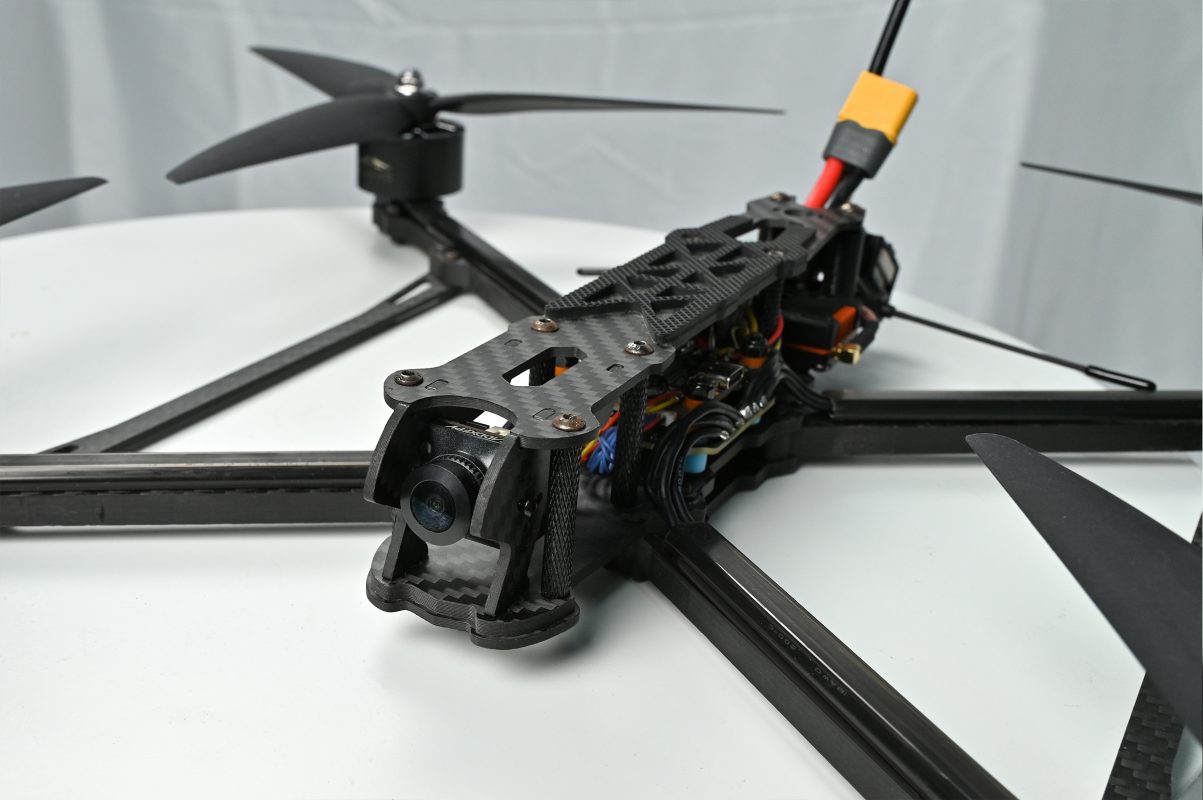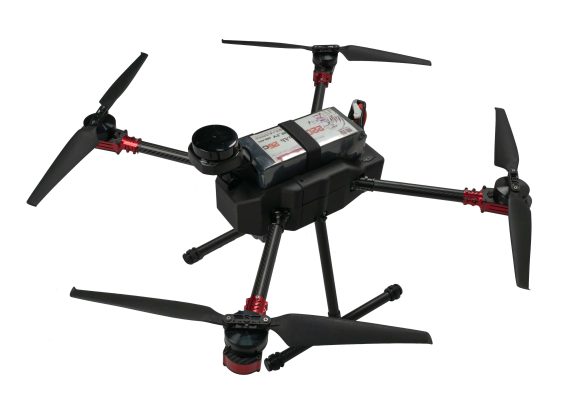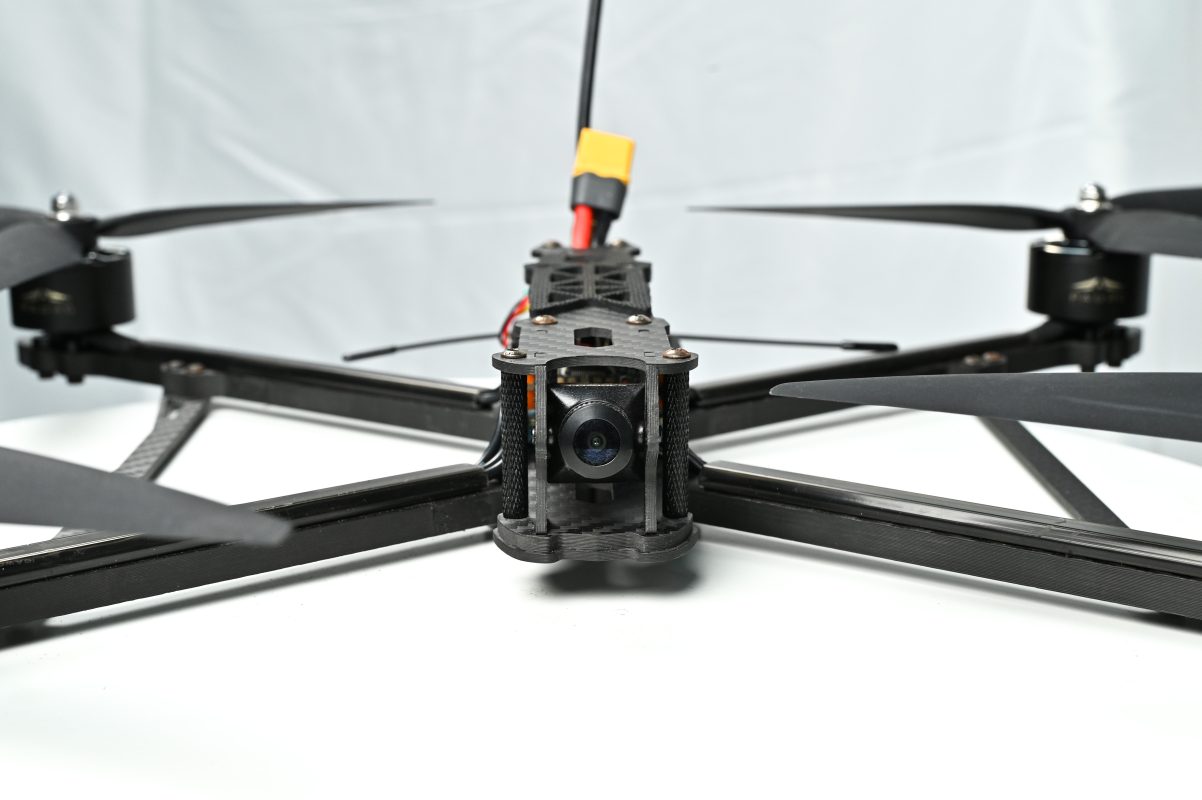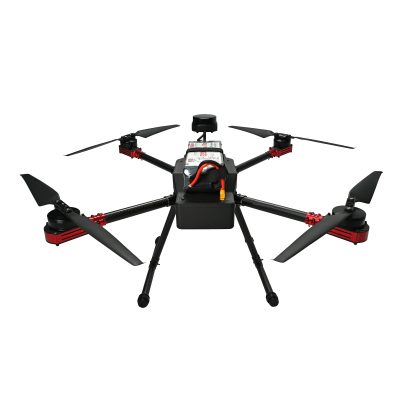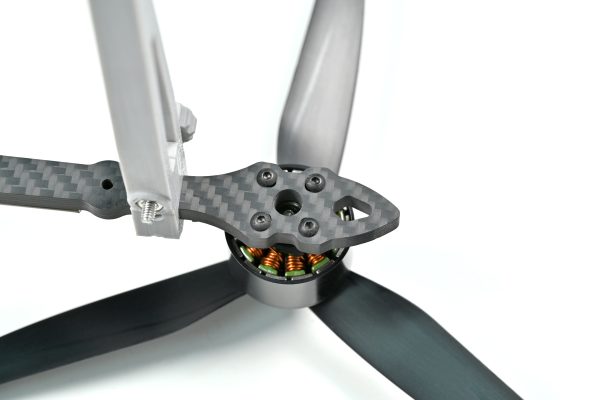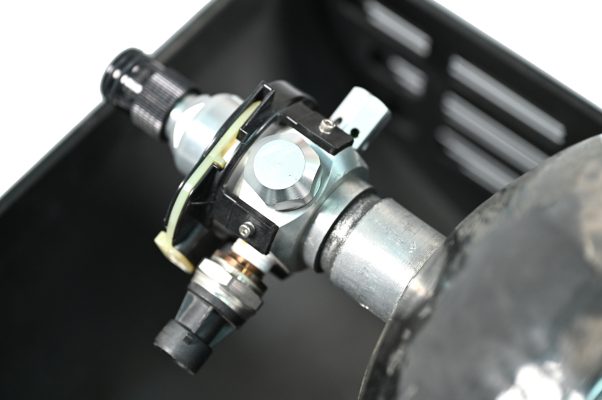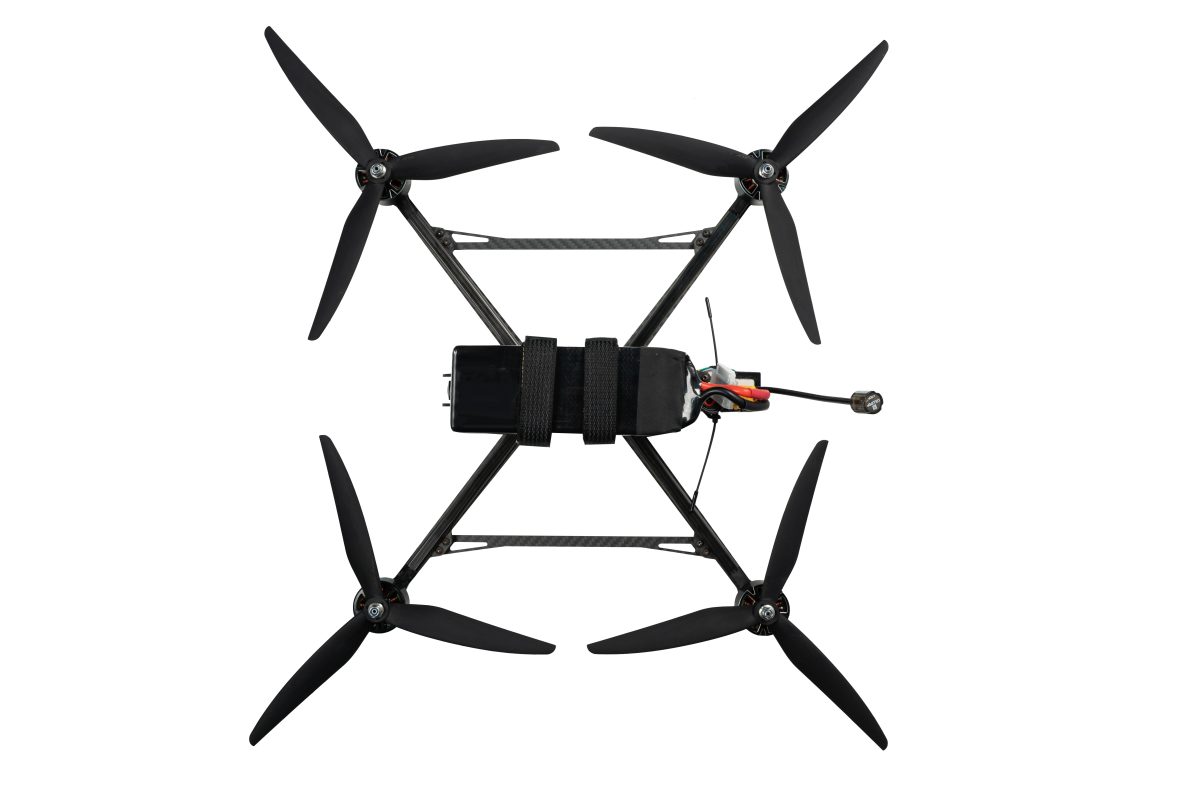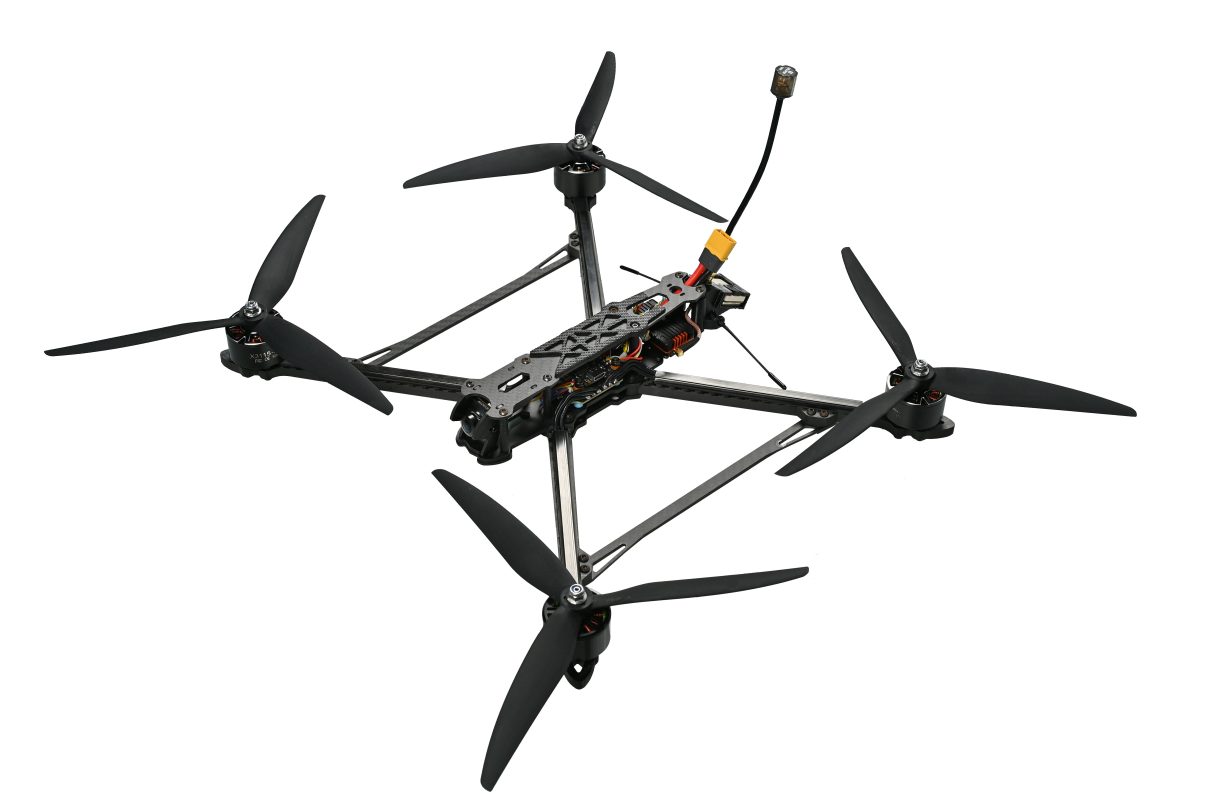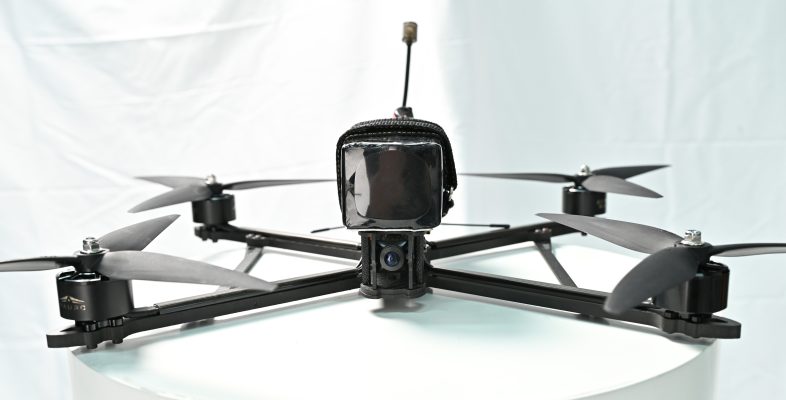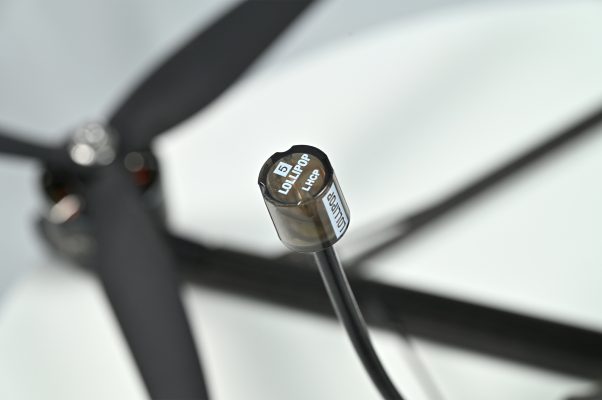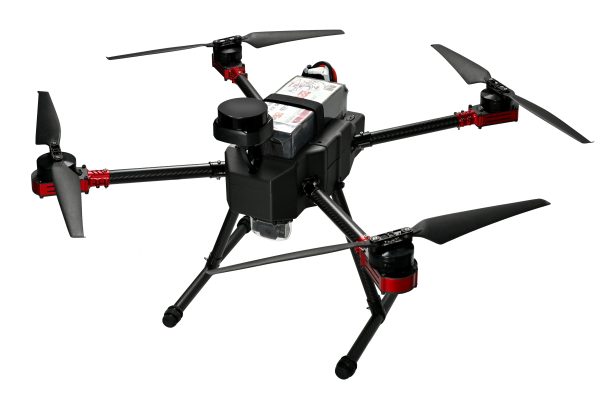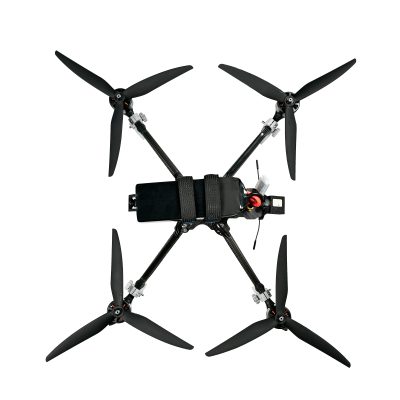1. Define Your Purpose: What Do You Want to Do?
Before purchasing your first FPV drone, decide on your goal: Do you want to fly for fun, capture aerial videos, try racing, or learn acrobatic tricks? Your intended use will determine whether you need a beginner-friendly drone, a camera drone, or a freestyle/racing quad.
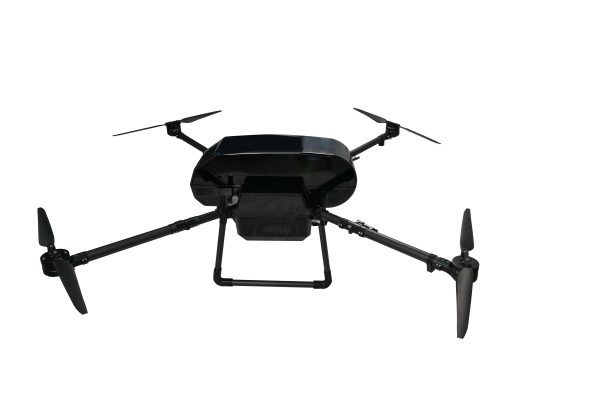
2. Start with a Kit: Make It Easy
If you’re brand new to FPV, go for a complete RTF (Ready to Fly) or PNP (Plug and Play) kit. These bundles include the essential components—flight controller, motors, ESCs, and video transmission—pre-configured for quick setup. Avoid DIY at the start, as the technical complexity may be overwhelming.
3. Pick the Right Flight Controller and Transmitter
Look for drones running INAV or Betaflight—they’re stable, customizable, and great for learning. For transmitters, Jumper or Radiomaster models are affordable and support multiple protocols, saving you from upgrading too soon.
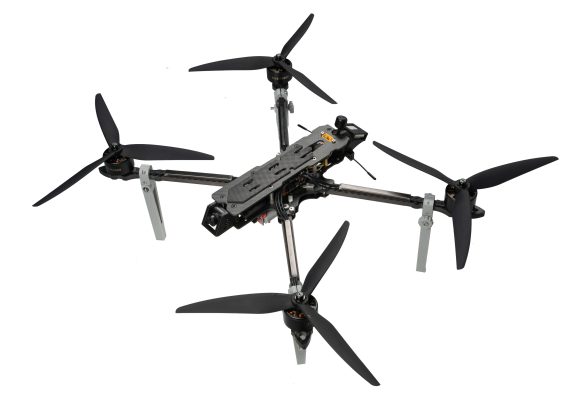
4. Battery & VTX: Don’t Overlook These Essentials
Start with 4S batteries—they offer smooth power delivery and are safer for beginners. For video transmission, digital VTX like DJI O3 provides superior clarity and low latency, enhancing control and experience.
5. Budget Smart: Reasonable First Investment
We recommend a budget of $200–$400 for your first setup, including a drone, transmitter, batteries, and FPV goggles. Spending too much upfront creates stress; spending too little may limit your experience.
6. After-sales and Community: Learn with Support
Choose a vendor with strong after-sales and learning resources. Platforms like FD Store, Betaflight forums, and YouTube communities are valuable for getting quick answers and learning as a beginner.
